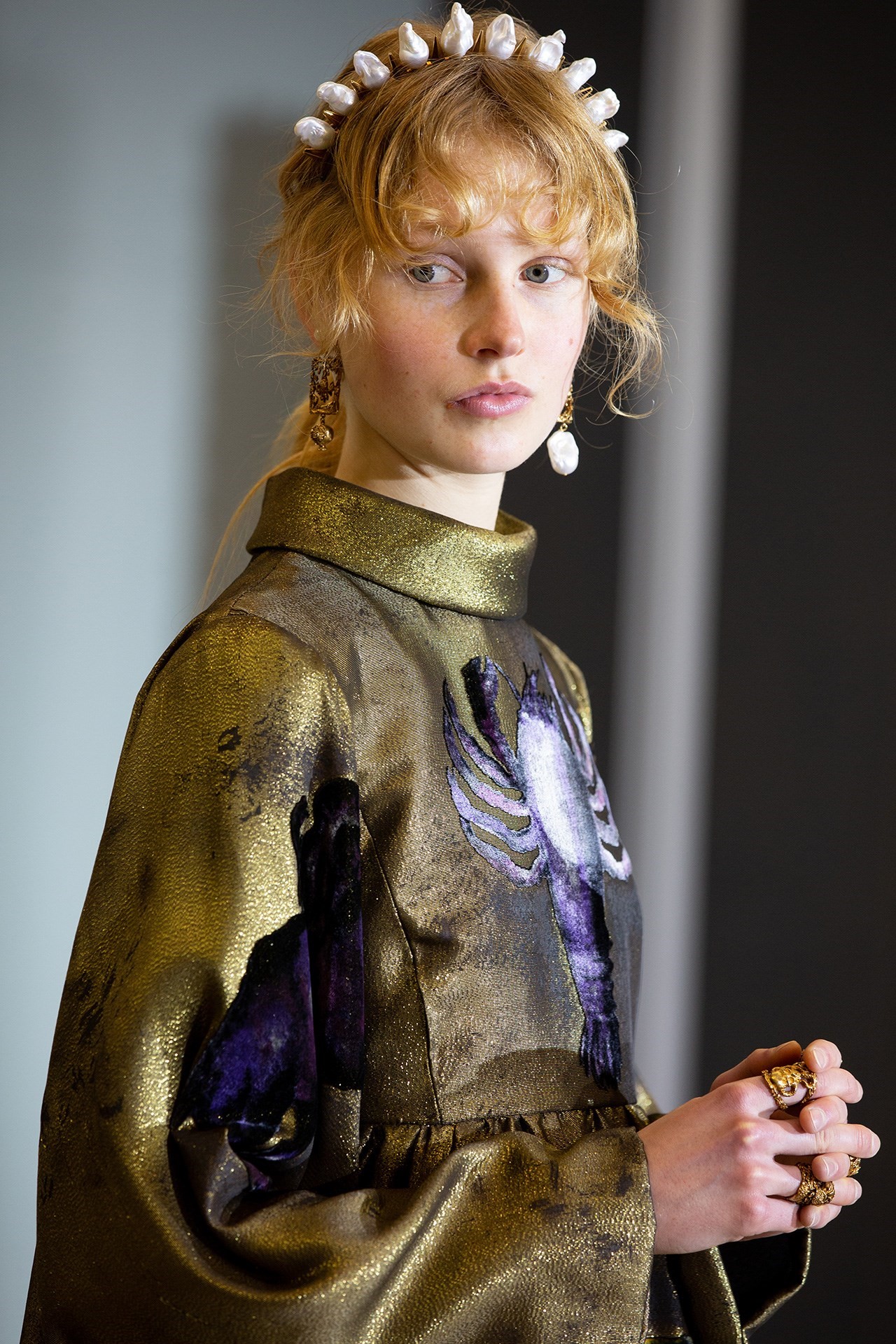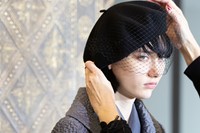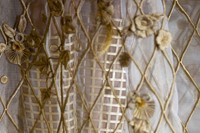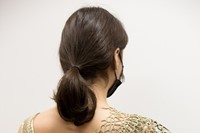The tarot – an illustrated set of playing cards used, above all else, for the reading of fortunes and divination via cartomancy – was something Maria Grazia Chiuri only discovered when she arrived at Dior. “I was fascinated by astrology,” she says, on Zoom from the house’s Parisian headquarters. “But I didn’t know about this magical world of tarot.” It was, of course, one that fascinated the superstitious Christian Dior, who consulted fortune-tellers constantly throughout his life, touching wood and searching for lucky stars. “He would go to the tarot readers every week,” Chiuri says.
The tarot is something that Chiuri has turned to, repeatedly, to inspire her work at Dior – but it feels specifically relevant today. “In this moment, when we are very lost in our personal life, this idea – this magic – can help us to have hope for the future,” she says. For her Spring/Summer 2021 haute couture collection, Chiuri sent out a pack of illustrated tarot cards, which in part inspired her clothes. They also, perhaps, reminded her of home: she studied a 15th-century example, the Visconti-Sforza deck, created by the Renaissance artist Bonifacio Bembo. Incomplete, they are the oldest surviving tarot cards – their boldface aristocratic names originate to Filippo Maria Visconti, Duke of Milan, and his son-in-law Francesco Sforza. Back then, tarot was called trionfi (‘triumphs’) and was used for everyday playing, but this pack impacted the composition of the decks we use today.
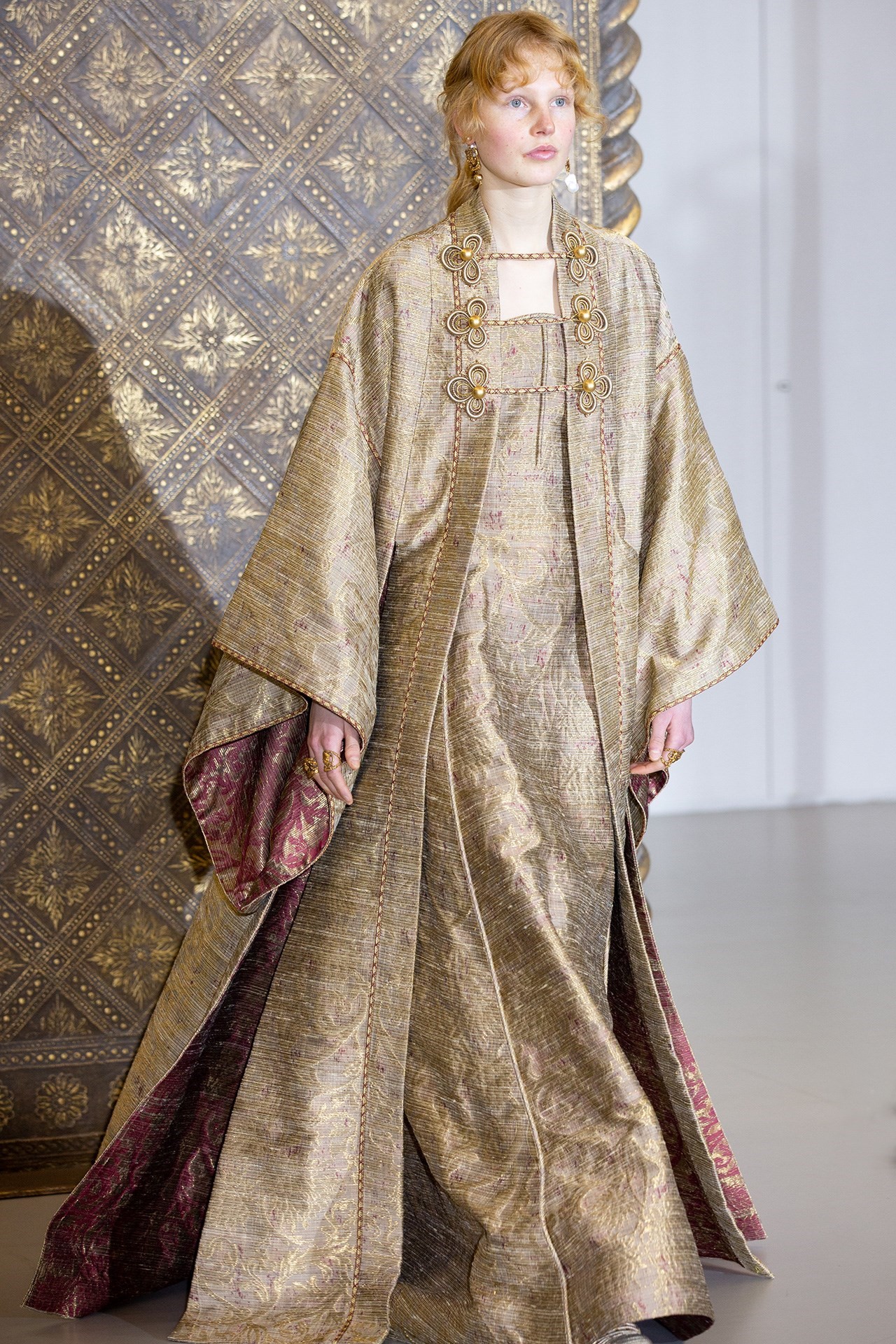
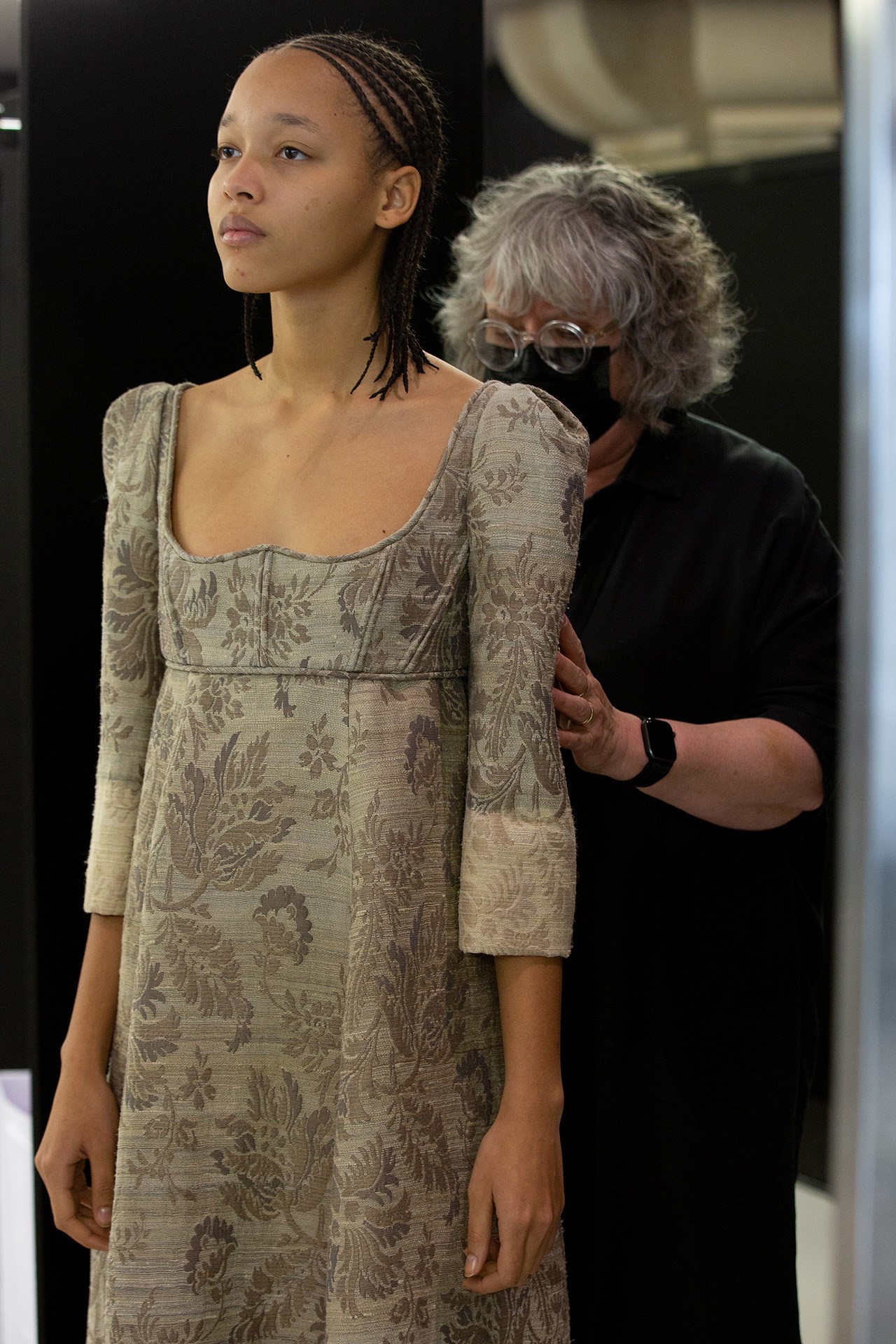
The richness of Renaissance Italy was, understandably, an irresistible source of inspiration. Chiuri was born in Rome, and still lives there: she lives with grandeur. So there is a touch of the Sforza to her gracious gilded dresses, her draped volumes seem straight out of a Leonardo, her richly-figured jacquards a touch of the Piero della Francesca, all captured in a film created with the director Matteo Garrone – although not all the collection, just an edit. “The language of film is different to the language of the runway,” said Chiuri, by way of explanation. “It could be functional – but it wouldn’t have the same emotion. The film is the best way to express the dream of the couture” Instead, outfits were chosen to represent figures from the tarot’s major arcana, woven into an intricate tale that, visually, seemed straight out of a Renaissance painting.
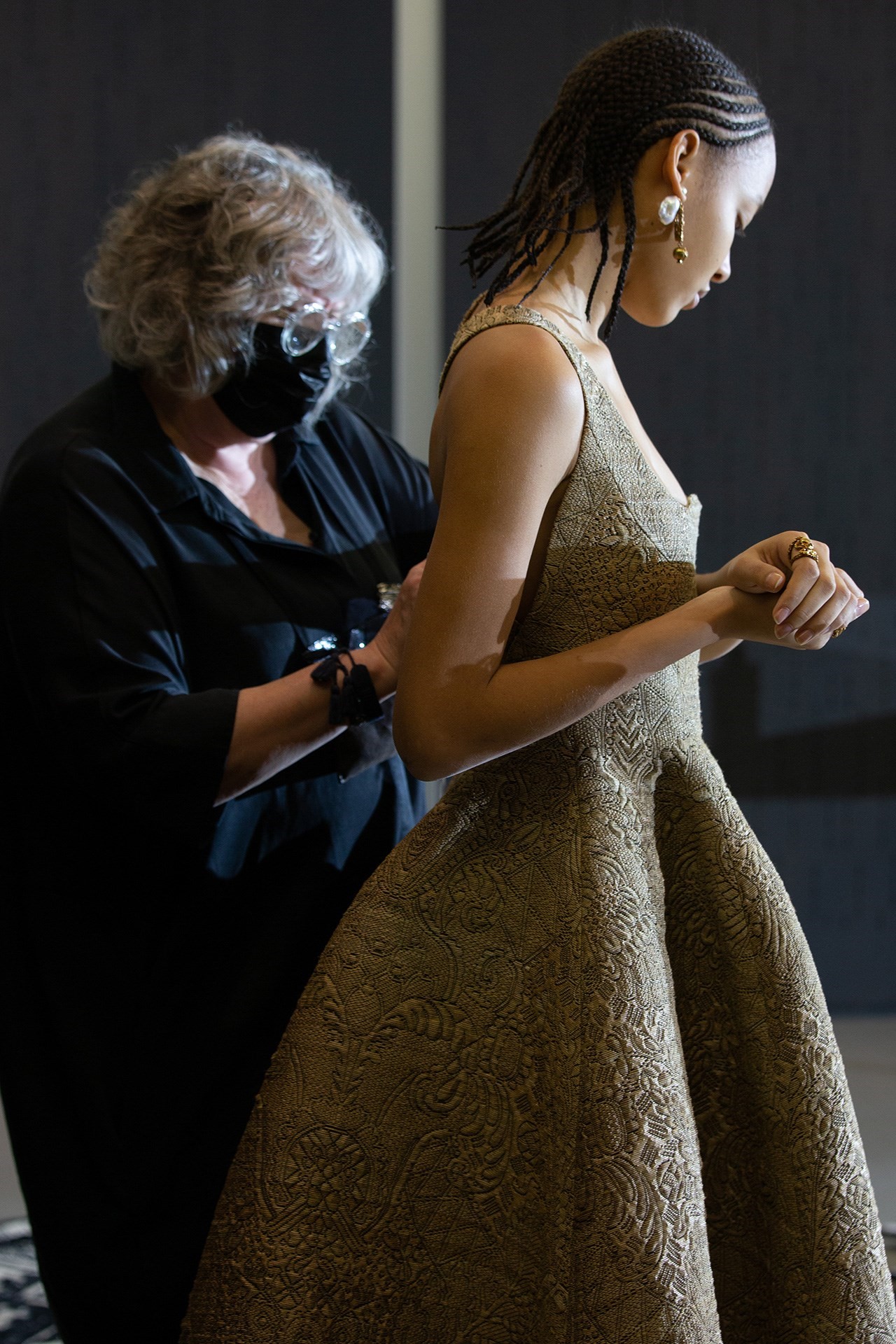
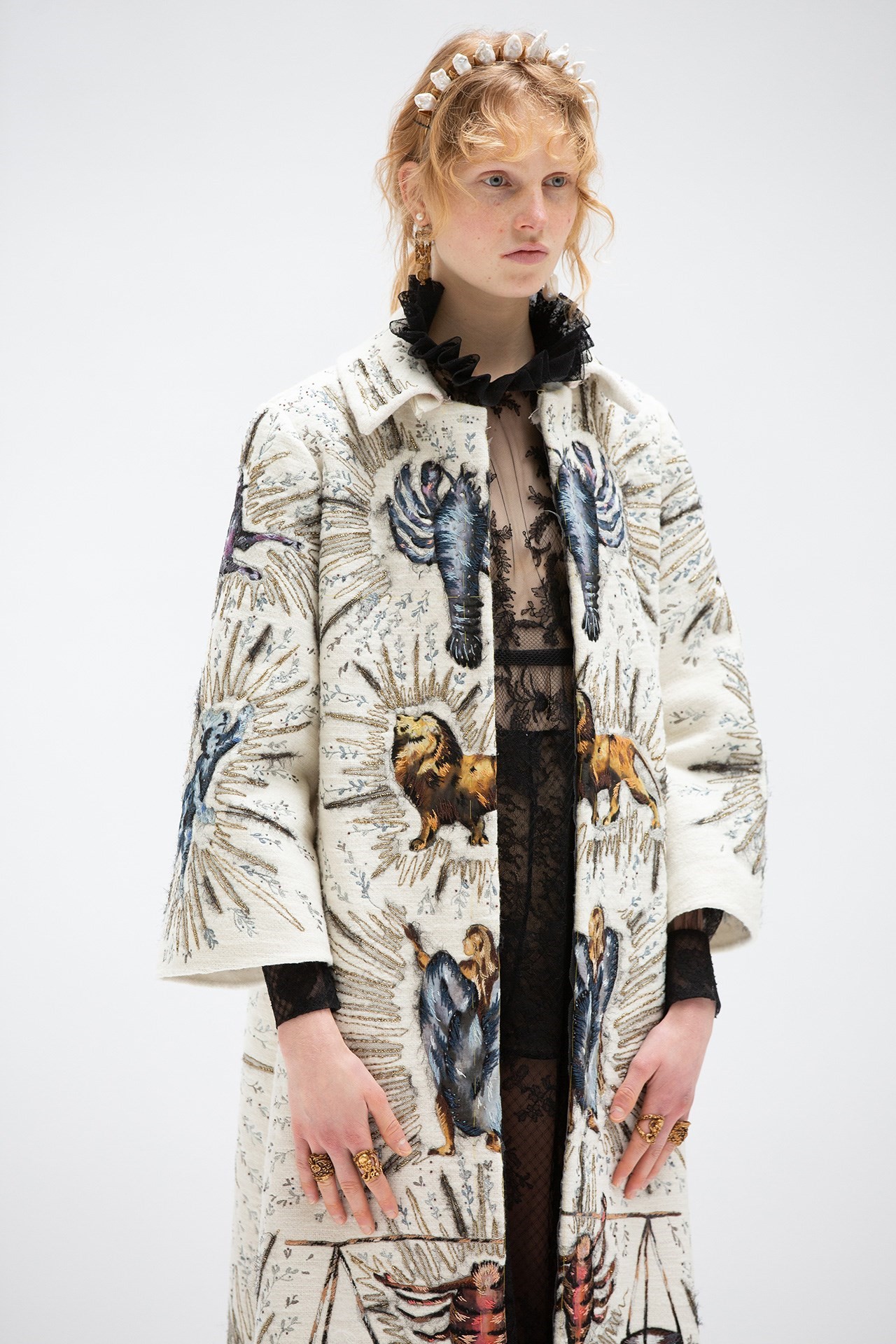
And gloriously costumed. For Chiuri, couture is about keeping rarefied and unique crafts flourishing, and there was ample demonstrations here: a feather-embroidered cape had a relief effect like a Bronzino brocade; a dress was embellished with a trelliswork of rambling, gilded flowers; lace is inlaid, by hand, with painted embellishments. The workmanship is mind-boggling – which Chiuri wishes clients to see up-close. This last season, orders were taken through Zoom, with local teams supervising fittings of toiles. “The solution was positive,” Chiuri said. “We had to reinvent our way to work – the traditional way is completely stopped.” “I am very lucky, Dior is so global,” Chiuri said. Last season, Chiuri also sent out miniature versions of the dresses, as touchy-feely examples, based on the 1945 exhibition the Théâtre de la Mode. They were intended as illustrative tools – a little like glorified croquis, the sketches with swatches of fabrics clients received before transcontinental travel and video became commonplace – but the clients adored these miniature couture dresses. “They bought them!” Chiuri exclaimed, delighted. “Big and small. They are really a piece of art – the atelier realised them all with the same finish. What we have to promote in couture, to maintain, is this idea of artisanal. The real problem in this crisis is that we lose this artisanal work. We have to keep this tradition alive.”
